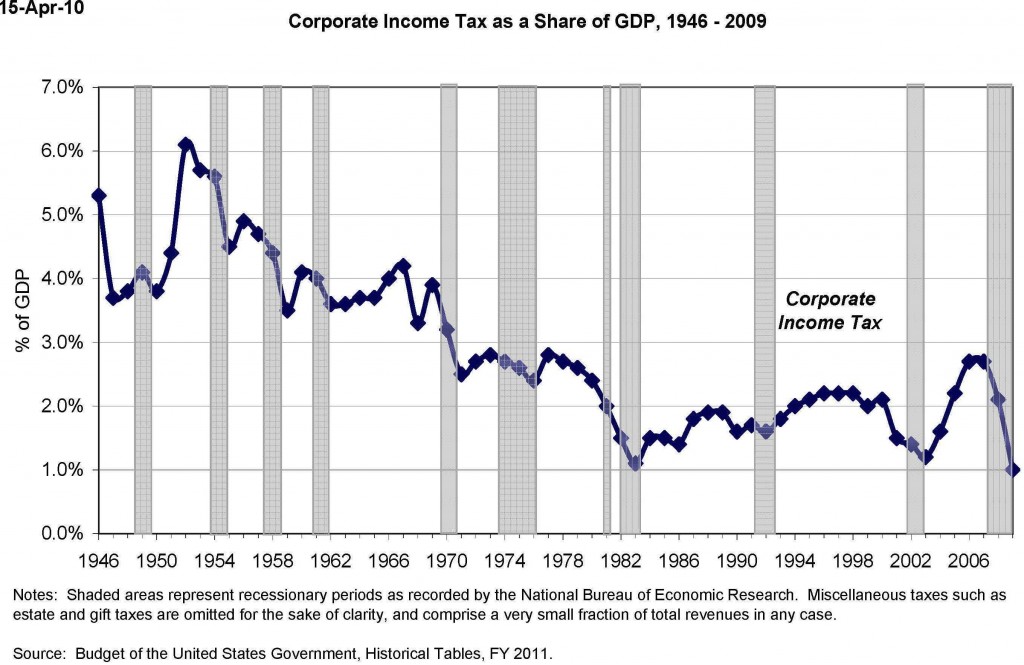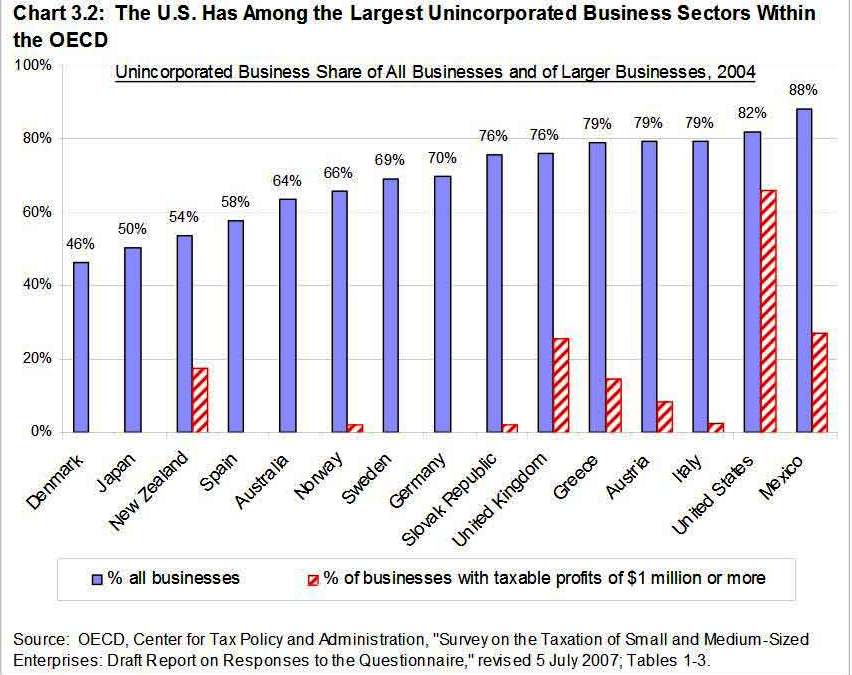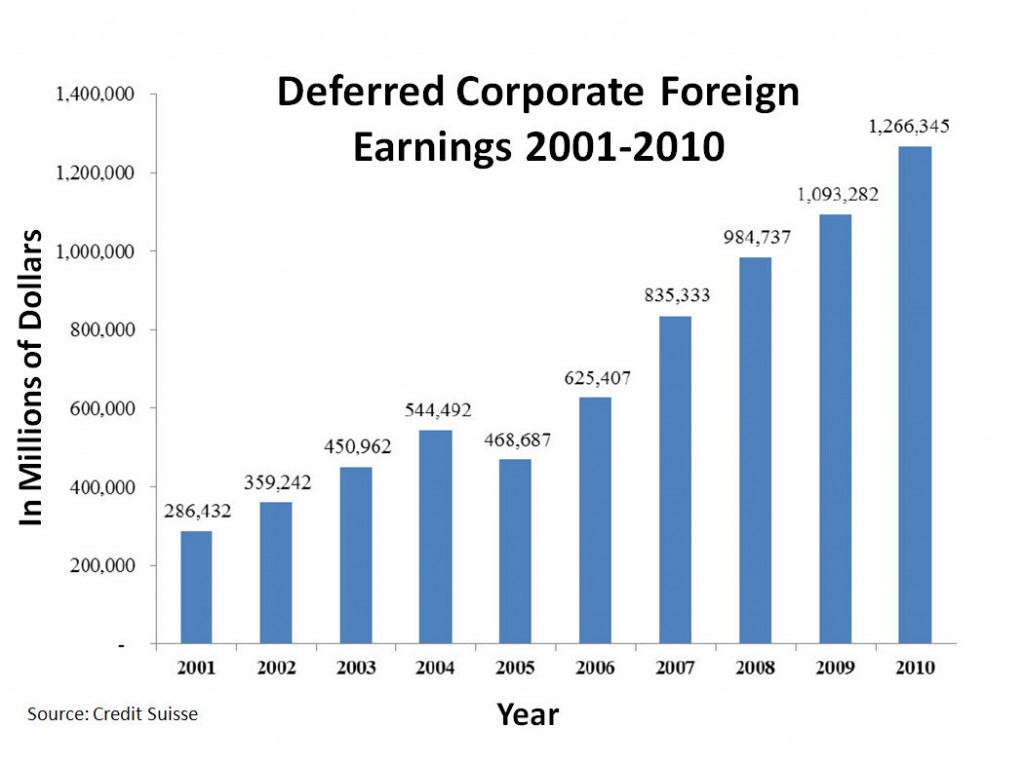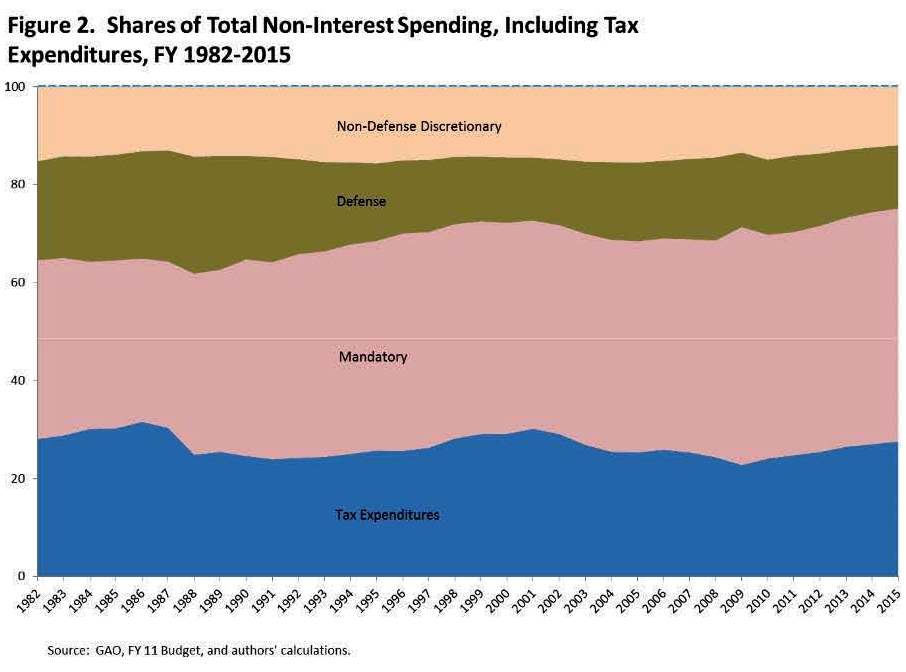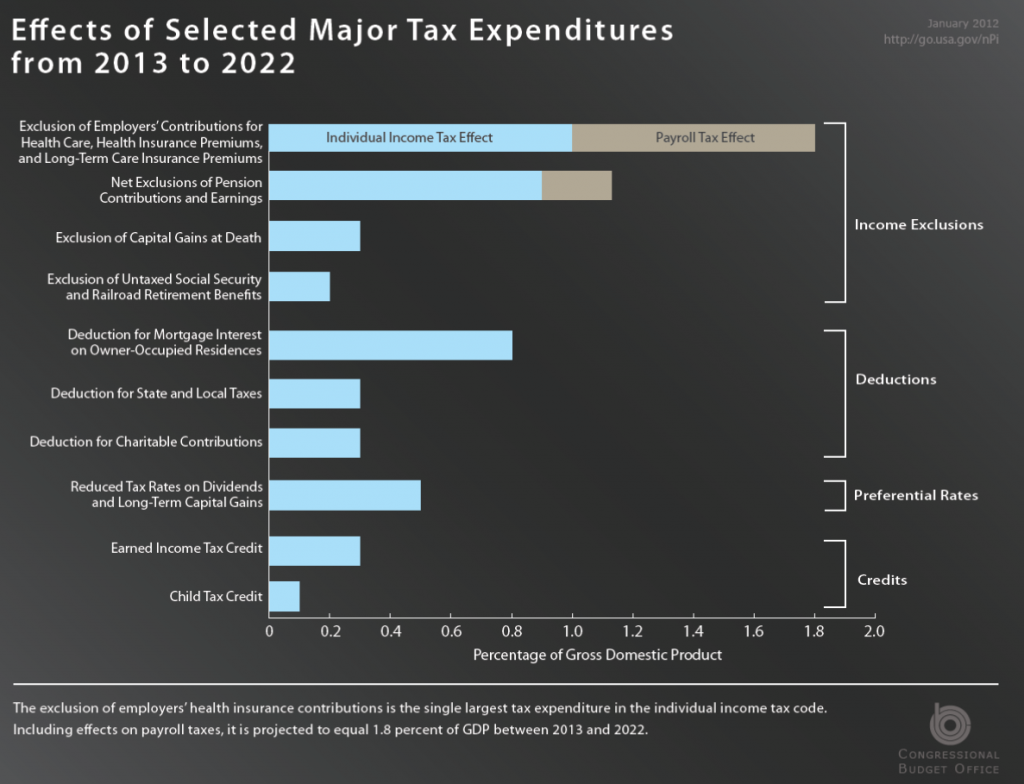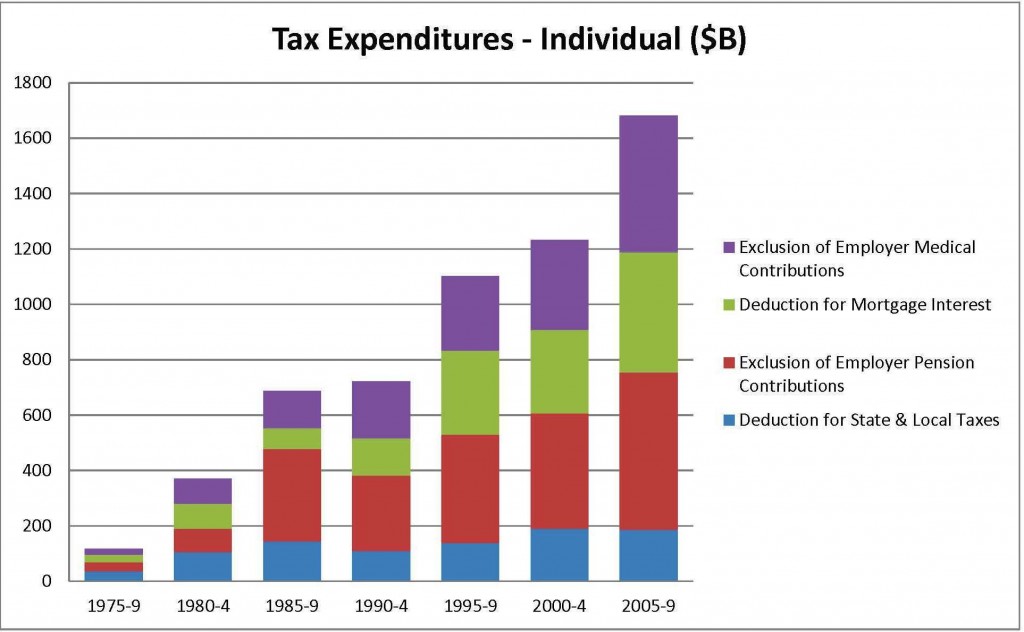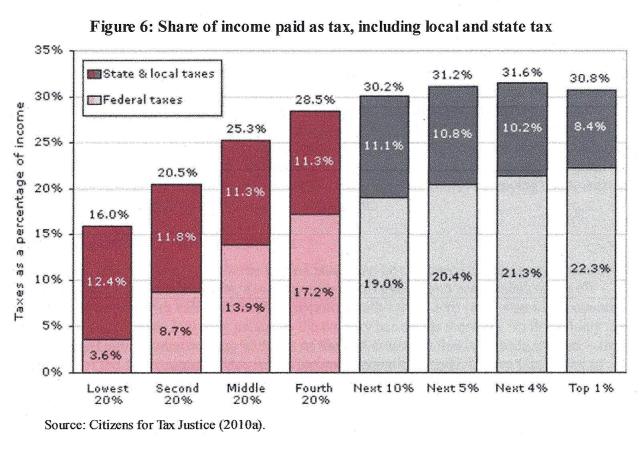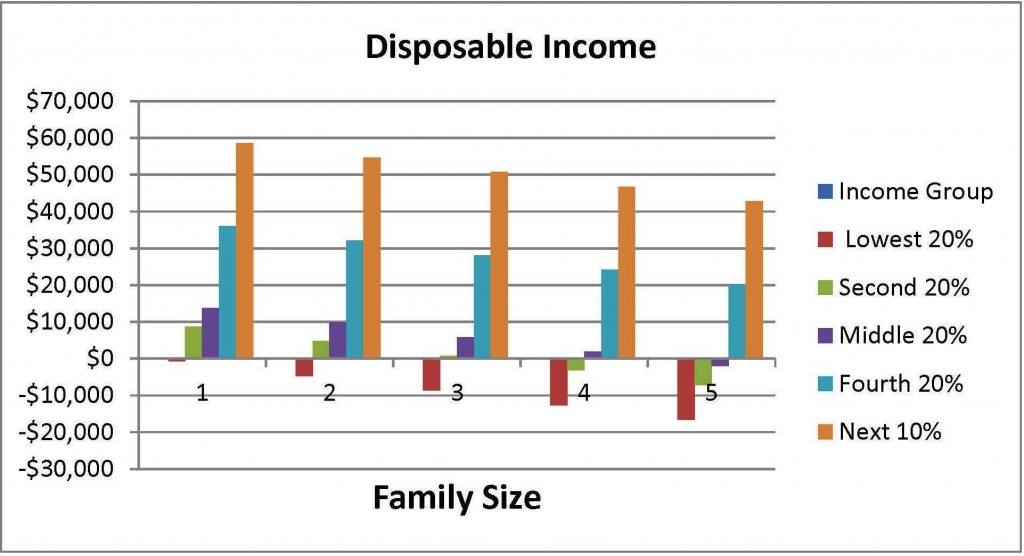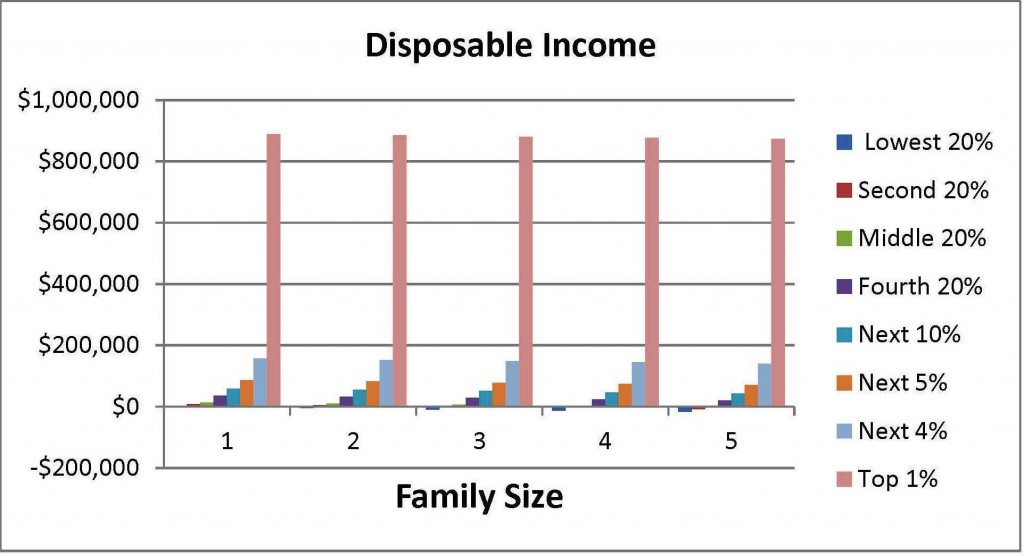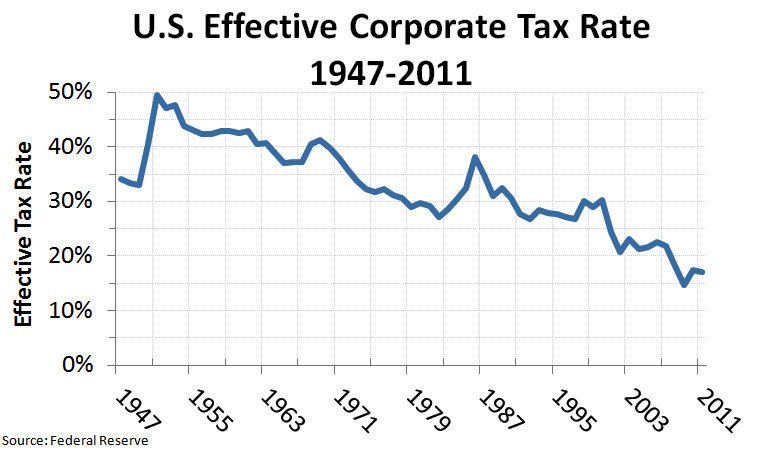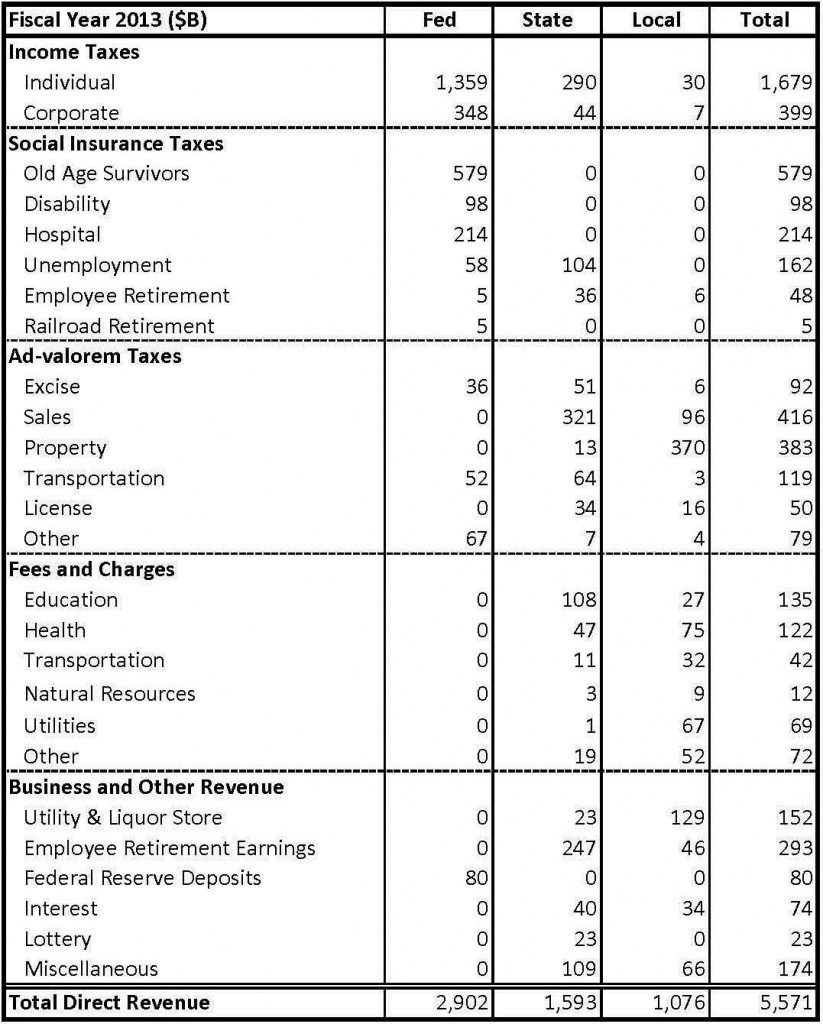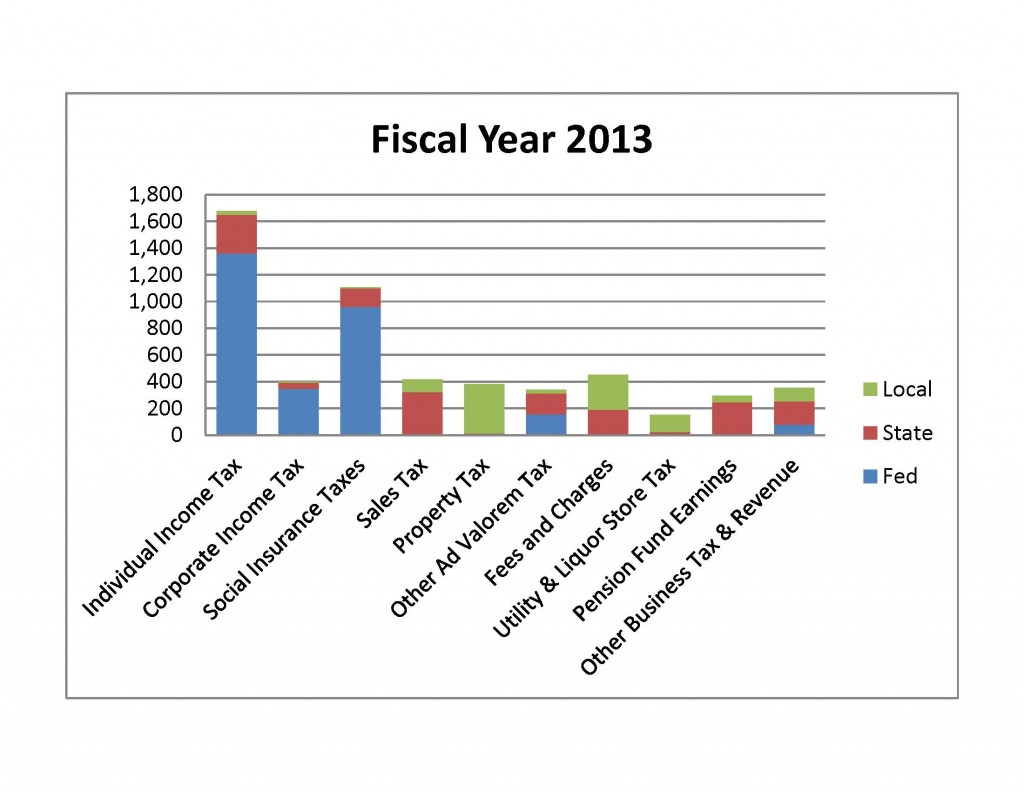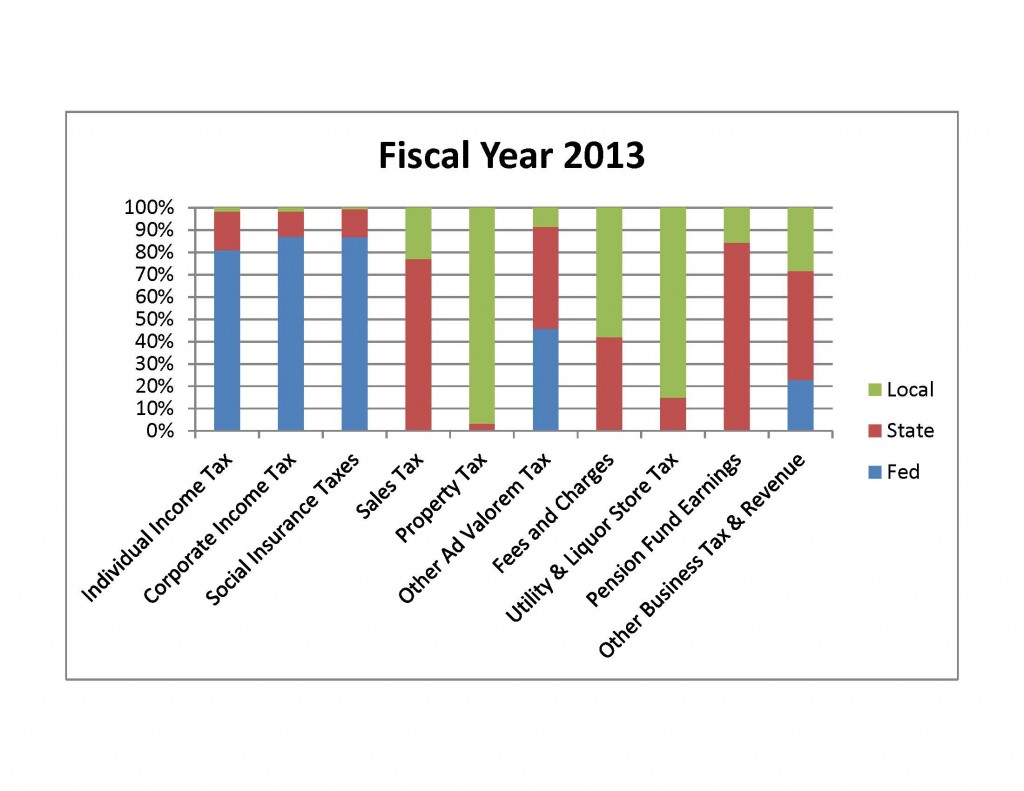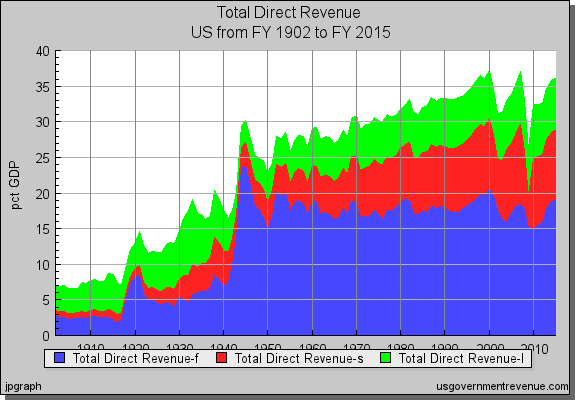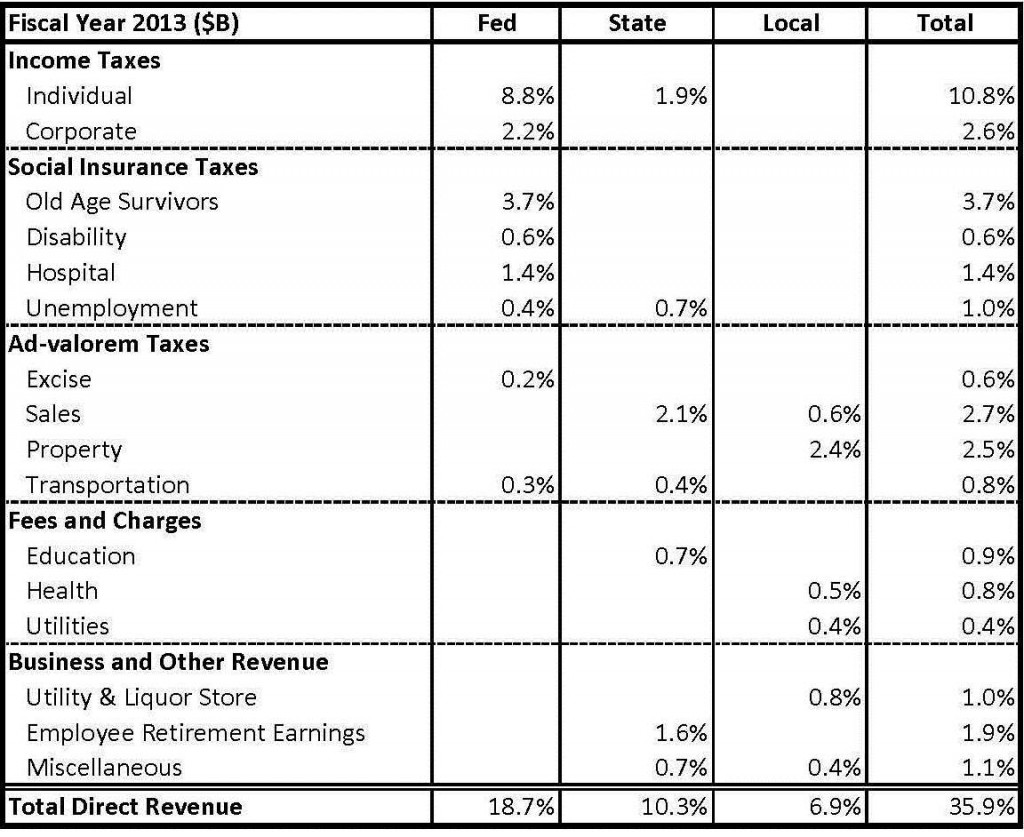Our foreign policy is bankrupting us, poisoning the minds of our children, and turning the world against us.
Iraq: We have so far spent $1.7T on war in Iraq and will pay $490B more in benefits to veterans, according to the Costs of War Project at Brown University. The rationale that Iraq possessed weapons of mass destruction was false. The results are a traumatized Iraqi society, reinvigorated Islamist militants throughout the region, and we destroyed Iran’s only military rival.
Afghanistan: The combined cost of our wars in Iraq, Afghanistan and Pakistan is almost $4T. The estimated death toll from the three wars is 330,000. The rationale was to make Afghanistan a well ordered democracy that could no longer be used as a refuge by Al Queda. But unless we remain there permanently, the Taliban will regain control.
Pakistan: The UN terrorism and human rights envoy just issued a statement that our drone strikes in Pakistan violate international law. “The position of the government of Pakistan is quite clear,” he said. “It does not consent to the use of drones by the United States on its territory and it considers this to be a violation of Pakistan’s sovereignty and territorial integrity”. See here for a table and map of our drone strikes inside Pakistan.
Libya: After we supported the French-led overthrow of Gaddafi, his Tuareg supporters allied with Islamist militants to fight for the independence of northern Mali. A French-led force is now pushing them back but they can return temporarily to Libya, or just as easily go to Algeria, Niger or Mauritania. Throughout North Africa the driving force is not nation states set up in the relatively recent past by France and other European conquerors but milennia of tribal rivalry.
Yemen: Bordering Saudi Arabia and major oil shipping lanes, Yemen was almost brought to civil war last year by southern separatists and northern rebels. They sabotaged its major oil pipeline for long enough to shut down Yemen’s main refinery. They blew it up again a couple of weeks ago. Meanwhile, we’ve made 65 drone attacks in southern Yemen, mostly in the last 15 months, according to this report.
Syria: Secretary of State Kerry recently promised aid to fighters against the Syrian government. Because there is little real separation between them, the al-Nusra Front and others we say are terrorists, some of our aid will inevitably get to the terrorists.
Iran: We say Iran is developing nuclear weapons and threaten whatever it takes to stop them. Late last year former Secretary of Defense (2006-2011) Robert Gates said: “The results of an American or Israeli military strike on Iran could, in my view, prove catastrophic, haunting us for generations … An attack would make a nuclear-armed Iran inevitable. They would just bury the program deeper and make it more covert.” The US Director of National Intelligence told the Senate this week that Iran is not enriching to weapons grade and we could quickly detect it if they do. Inspectors at the International Atomic Energy Agency who monitor Iran’s nuclear sites say the same thing.
Insanity: But, stupefyingly, Senator Lindsey Graham (R-SC) recently introduced “for himself, Mr. Menendez, Ms. Ayotte, Mr. Schumer, Mr. Cornyn, Mrs. Boxer, Mr. Rubio, Mr. Casey, Mr. Hoeven, Mrs. Gillibrand, Mr. Kirk, Mr. Blumenthal, Mr. Crapo, Mr. Cardin, Ms. Collins, Mr. Begich, Mr. Blunt, Mr. Brown, Mr. Wyden, Mr. Portman, Mr. Manchin, and Mr. Lautenberg” Senate resolution 65 which “urges that, if the Government of Israel is compelled to take military action in self-defense, the United States Government should stand with Israel and provide diplomatic, military, and economic support to the Government of Israel in its defense of its territory, people, and existence.”
S.Res.65 means: It would not be our President but Israel’s who decides whether or not to invade Iran. S.Res.65 ends: “Nothing in this resolution shall be construed as an authorization for the use of force or a declaration of war”. That is, however, exactly what it does do.
I will not say more in this post about the cost or counter-productiveness of our invasions of Iraq or Afghanistan. I will just highlight again Secretary Gates’ warning: “a military strike on Iran could … haunt us for generations” and say why drones are not the answer.
Drones: See this excellent piece on the legality, morality and practicality of drones: “[they] provide a highly efficient way to destroy key enemy targets with very little risk. But they also allow the enemy to draw the United States into additional theaters of operation … in the jihadists’ estimate, the broader the engagement, the greater the perception of U.S. hostility to Islam, the easier the recruitment until the jihadist forces reach a size that can’t be dealt with by isolated airstrikes.”
Islam: It’s not just that drone attacks make other people believe we are hostile to Islam. A teacher friend tells me our relentlessly sensational media reporting has made our own children believe Muslims hate us.
What we must do: Stop trying to control the world. In particular, stop threatening Iran. They do not have nuclear weapons. Fearing they would attack with them is foolish because Iran would be destroyed if they did. Therefore, they will not. Never again go to war to destroy weapons that do not exist or make wars that cannot be won. Scuttle Senate Resolution 65.


